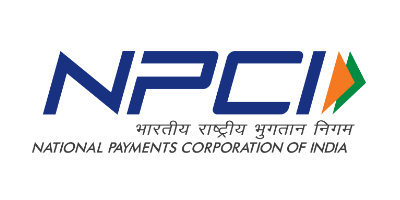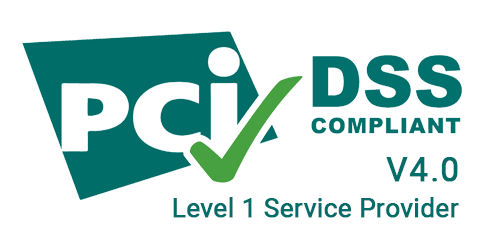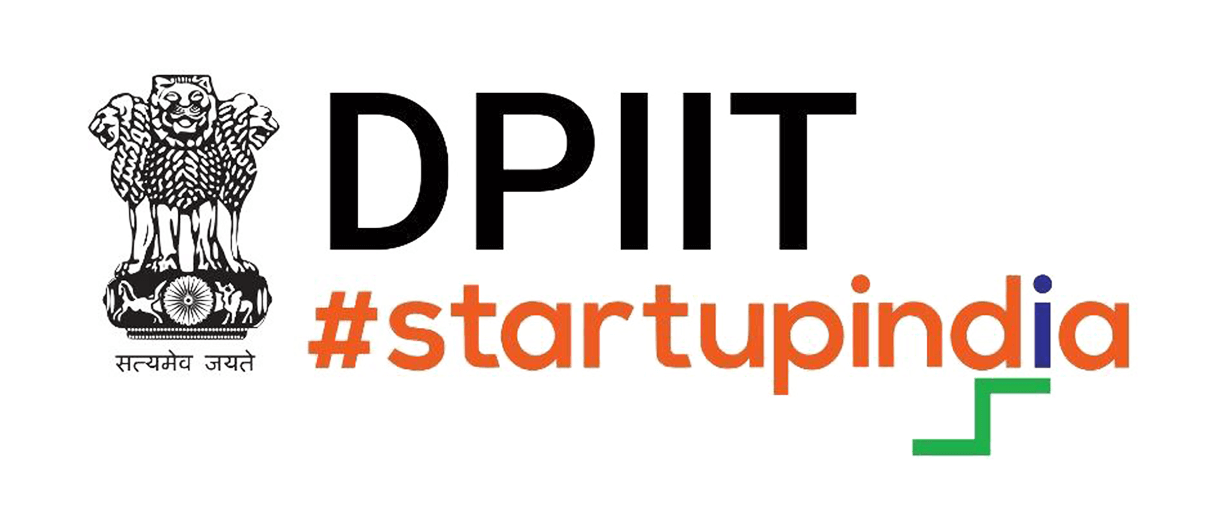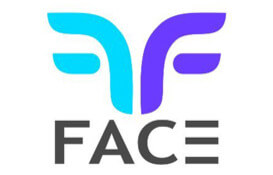Remember the days when transferring money between bank accounts involved a tedious process? What was once a time-consuming task is now almost forgotten, thanks to the rise of internet banking. While early digital banking solutions streamlined transfers, they still required lengthy verification and processing times.
Today, digital payments are instant, and the convenience doesn’t stop there. From mobile wallets to credit management, savings, and investments, everything is available at your fingertips. But amidst this convenience, a critical question arises: Is your financial and personal data safe?
The answer is yes, and it’s all thanks to API Banking—the secure bridge that enables communication between financial institutions and other applications. With APIs, businesses can offer seamless financial services while keeping customer data safe and secure.
What is API Banking?
API Banking involves integrating Application Programming Interfaces (APIs) with banks to securely exchange data between financial institutions and third-party applications, such as fintech platforms. This technology is transforming the way businesses operate, enabling real-time data exchange and secure financial transactions.
Welcome to the API Economy, where digital innovation leads the way for financial services.
How API Banking Works
APIs extend banking services beyond traditional boundaries. By partnering with fintech companies or non-banking businesses, banks can reach new customers while safeguarding data. For example, Revolut, a leading UK neobank, leveraged API banking to scale rapidly, offering services like payments, currency exchange, and open banking. API banking helped Revolut reach an estimated 47.5 million users by the end of 2024.
Types of API Banking
- Open APIs – Publicly available, allowing developers to integrate banking services into their platforms.
- Internal APIs – Used within financial institutions to improve operations.
- Partner APIs – Shared with specific partners to enable new services while maintaining control.
Real-World Examples of API Banking
API banking’s applications span a wide range of industries. Whether it’s embedded finance or Banking-as-a-Service (BaaS), APIs are the backbone of modern digital banking. In fact, a 2023 study by Finastra predicts significant investments in BaaS and embedded finance in the US, with 30% focused on open API adoption.
- E-commerce Payments: APIs allow merchants to integrate payment gateways directly into their platforms, improving user experience.
- Fintech Startups: BaaS APIs enable startups to offer banking services without needing a banking license, speeding up product launches.
- Lending APIs: Traditional banks use APIs to streamline loan applications and automate credit decisions.
- Account Aggregation: Personal finance apps leverage APIs to give users a full view of their financial portfolios.
Embedded Finance and APIs
APIs are the driving force behind embedded finance—integrating financial services into non-financial platforms. From Buy Now, Pay Later (BNPL) services to in-app banking, APIs make financial services easily accessible, creating new revenue streams and improving customer engagement.
Benefits of API Banking
- For Banks: APIs accelerate product launches, create new revenue streams through partnerships, and enhance customer experiences.
- For Businesses: Simplified integration of financial services and increased customer loyalty through a wider range of services.
Challenges of API Banking
Despite its advantages, API banking comes with challenges such as security concerns, regulatory compliance, and integration complexity. Addressing these issues requires collaboration between banks, fintech companies, and regulators.
APIs Powering Banking-as-a-Service (BaaS)
BaaS allows non-banking companies to offer financial services by leveraging APIs from traditional banks. APIs enable quick and easy integration of various banking services, from digital account creation to payment processing. A Finextra survey found that 52% of 25-34-year-olds prefer using their favorite brand’s financial services over traditional banks, highlighting the growing demand for API-powered BaaS.
Future of API Banking
The future of banking is API-driven. As financial services continue to integrate with other industries, we’ll see more personalized, data-driven solutions that cater to the modern consumer. APIs are unlocking new opportunities for businesses and banks to innovate and collaborate, shaping the future of finance.
Final Thoughts
At Viyona Fintech, we’re at the forefront of this financial revolution. Our comprehensive API solutions empower businesses to deliver innovative, secure, and seamless banking services to their customers. Whether you’re looking to implement PayIn, Payout, or Connected Banking solutions, our API banking services are designed to help you scale with confidence.
Ready to transform your financial services? Contact Viyona Fintech today to explore how our API solutions can power your business.
FAQs
- What is API Banking?
API Banking enables secure data exchange between banks and third-party applications, allowing services like payments and account management. - What does API stand for in Open Banking?
API stands for Application Programming Interface, facilitating secure communication between banking systems and third-party applications in open banking. - What are some use cases for API Banking?
API Banking enables account aggregation, payment processing, personal finance management, and lending automation, fostering innovation across industries.









